Our time is valuable, there’s no doubt about that. We naturally want to spend it as wisely as possible, in ways we know will ultimately make us happy or bring some kind of benefit. Investing dozens upon dozens of hours into a video game remake might not be top on the list of “best ways to spend time.” That often goes double when the game isn’t very old to begin with.
So, with that in mind, it might seem like a big ask from Atlus to embrace Persona 5 Royal with open arms. After all, the original Persona 5 was out barely three years ago.
Happily, those reservations don’t really come into play. Yes, it’s essentially a remake of the already excellent Persona 5, with all the same content mostly intact. But Persona 5 Royal adds so many new features, plot elements, and quality-of-life improvements the original that it is very much a brand-new game in its own right. And it’s a top-notch one at that.
Persona 5 Royal Review: Hail the Returning Monarch
If you don’t know much or anything about Persona 5’s story already, I won’t spoil it for you here, and you should do yourself a favor and not spoil it either. It’s very good, and Persona 5 Royal adds to and streamlines the entire experience.
Persona 5 Royal is many things, but most of all, it’s much more immersive than the original Persona 5 and also a lot more coherent in its narrative, themes, and systems. What’s most impressive is how this is done mostly through simple changes and alterations that have a substantial impact.
The biggest example of these story improvements is also what I can’t talk about yet: the third semester. Though specific info about that is still under embargo, suffice to say it cements Persona 5 Royal not just as a worthwhile revision of Persona 5, but as the best in the Persona series.
Fortunately, I can talk about the other new story additions, namely the two new characters Kasumi Yoshizawa and Takuto Maruki, both of whom play a much bigger role than Persona 4 Golden‘s Marie.
You’ll get the chance to forge Confidant relationships with both newcomers, and those bring all manner of benefits to P5 Royal’s gameplay. More importantly, though, they both offer much-needed new perspectives on the game’s narrative.
The original Persona 5’s story does a lot of things right. But there’s also no denying it leaves a few important themes unexplored and sometimes oversimplifies the ideas of justice and retribution. Royal fixes that in a very satisfying way, and it’s something I hope future games in the series include as well.
It’s also refreshing to see an adult character involved in the storyline for once. Previous games included plenty of adult characters, of course, but they were usually either out-and-out villains or confined to tangential Social Links. Maruki’s scenes in particular act as an important window into the party’s personalities and mental processes as they deal with crucial events, sides to them you wouldn’t get to see otherwise.
These are separate from his Confidant scenes, and it makes a surprisingly big difference. Base Persona 5 has a bit of a disconnect between the Phantom Thieves’ personalities and actions before and after they deal with key story moments, and these short scenes built into the main narrative help make that transition much smoother.
It’s actually something you don’t see in earlier Persona games, which tend to tie character development to Social Link events without letting you see it much in the main narrative until later.
Then there’s the benefit of these perspectives adding a new angle on the “kids vs. shitty adults” line the original kind of overdid at times. All this is presented through re-worked localization that does away with a good majority of the more awkward moments — both in writing and substance — from the original (e.g. the Shadows move into intercept mode in your first encounter and aren’t serious to kill you anymore).
The only trouble is that you won’t even get a taste of these new story additions until around the second Palace. Not loading the front end with new material is understandable from a storytelling perspective. But I can see how it might seem a bit same-y for longtime fans until they reach that point.
Fortunately, there’s plenty of other new additions to help keep everything else feeling fresh. Key among these is that Persona 5 Royal doesn’t actually “take your time” like the original game does. On all except a handful of nights, you can still work on advancing your personal stats — even after exploring Mementos, even after clearing a Palace. Some of them even unlock trophies.
It works wonders for the overall experience. While Persona games are fun, the games’ length has always made it rather off-putting when you realize certain events are gated behind playing every day with a guide or New Game+. Access to more stat-raising opportunities doesn’t mean Royal makes a perfect playthrough simple; even with the activity suggestion feature, you’ll still need to plan carefully and make smart choices.
What it does mean is you aren’t just getting shunted from story event to story event, with only a few spaces in between. Plus it just makes Royal more engaging, with multiple minor objectives to work towards that let you feel like your actions are making a difference.
In short, it’s a lot more fulfilling.
The value of these improvements becomes ever more apparent the more you progress in Royal. There’s a huge number of new places to visit and activities to participate in, from a jazz lounge and darts bar to chances to bring Caroline and Justine out of the Velvet Room (which you definitely should do).
And you can do these, knowing there’s ample additional time to increase your knowledge stat before the next exam or whatever else it is that might need attention. These life-sim components make up half of modern Persona games anyway, so the big surprise is how long it took to give players more control over that aspect.
Combat, the other major component in Persona 5, also benefits from some streamlining and new bits and pieces. Baton Pass is built into the combat system and isn’t tied to Confidant links anymore. I didn’t use it that often in the original P5, I’ll admit, but it’s actually pretty important to succeed in some of the revamped boss fights and new mini-bosses you’ll find in Royal.
I won’t spoil those either, but Royal’s new boss fight patterns are yet another instance of small tweaks usually creating completely new (better) experiences and definitely keep you on your toes.
Royal introduces some new Personas, while others get an Arcana shift thanks to the two new Arcanas added, and the enemy rosters in each Palace get shuffled up some, too. It’s nothing huge, but it means you’ll have to adapt your strategies as you go along, even if you’ve experienced each Palace countless times before.
It shakes up how you approach Persona fusion as well. There’s obviously new fodder for fusions, which means new skills you can mix and match. But the Velvet Room adds a number of new multi-fusions, like Persona 4: Golden did, creating even more options to give your team an extra-powerful boost.
One brand-new addition is the Electric Chair, a feature that, after a slightly disturbing scene, lets you transform your chosen Personas into high-level items. It’s not always essential, but the Electric Chair is super handy — especially if you’re strapped for cash. Some of the gear is much more powerful than you can get in the shop. It’s not a guessing game, either, since you can see what item you’ll get from which Persona and what it does (and, again, it gives you Trophies).
By far the best change Persona 5 Royal brings to Personas themselves, though, is the Trait system. For the first time, each Persona — including the ones tied to your party members — has a unique trait that augments its abilities or provides some other benefit in battle. You can pass your Persona’s traits on through fusion as well, opening up a whole new layer of strategy to the fusion process and countless opportunities to diversify your team.
Much as menu lovers like me will probably appreciate this new feature, it’s equally satisfying to know that you don’t absolutely have to do this if it’s not your playstyle. You can take advantage and plan two or three fusions ahead to get the best Traits or you can just coast along and make do with the ones you get.
Of course, with all these improvements, it’s much easier to break Persona 5 Royal if you want to. If you don’t, these changes don’t actually make Royal too easy either. If anything, it’s just better balanced than the base game was.
The last big change worth covering is how dungeon exploration changes, but that’s not as significant a difference as the others. By and large, every Palace is almost identical to how they are in the original, with a few alterations. Some get a handful of new puzzles, while others have new side paths to take that reward you with items.
Even without a host of big changes to Palace layout and design, just knowing a few new areas and challenges exist was enough to make the whole thing feel fresh again anyway, outside the new Palaces added later in the game.
The grappling hook opens up new paths as advertised and does alter how you explore certain areas, but I didn’t find it was a massive new addition. That said, it’s incredibly slick and freaking awesome to use when you can.
And you’ll typically use it to find one of the other big new features in Palaces: Will Seeds. Each Palace has three Will Seeds you can collect, and once you do, they turn into a highly useful new accessory item. That can be refined further by visiting another new character, one who explores Mementos: Jose.
Jose is a cute little kid who definitely isn’t a kid, and he’s trying to research humans by collecting flowers in Mementos. No, we don’t know why either.
Now, admittedly, Jose is a bit of a disappointing addition compared to Kasumi and Maruki, but he does make exploring Mementos a heck of a lot more interesting. On top of collecting flowers to trade for recovery items, you’ll look for podiums where you can get stamps as well. These stamps earn you points, which you can invest with Jose to alter Mementos, giving more money or more experience for instance.
We can’t talk about Persona 5 Royal without mentioning just how darn good it looks. Royal uses character models from the Persona 5 dancing game, so they’re much more detailed and clear than the original game’s models. Environments are crisper and cleaner, too, and major characters get excellent new dialogue portraits as well.
It’s actually a bit surprising how a few minor changes in illustrations help add more emotion and interest to dialogue scenes already witnessed a number of times from the original, so kudos to the design team there.
Persona 5 Royal Review: The Verdict
Pros
- Expanded and improved storyline that ties previously dangling themes together
- New characters that add meaning and impact to events
- Tons of excellent quality-of-life improvements
- Tweaks to the battle, fusion, and exploration systems that keep things fresh
- Polished, higher quality localization
- Better visuals and new character portraits
Cons
- Takes a little while to get into the new story material
- Palaces could have been revamped more
- Jose is there because… ?
2,000+ words later, and that still doesn’t cover all the Persona 5 Royal differences. There are big ones, like new Confidant follow-up events and the fantastic new soundtrack. There’s also lots and lots of small ones: no DVD rental fees, special battles in the Velvet Room, new Mementos requests, exploding Disaster Shadows that completely alter the battle situation when they appear.
Is it enough to justify playing Persona 5 again, though? I’d say yes, and that’s coming from someone who just finished a playthrough of the original a month or so ago.
The new story content is admittedly a bit sparse until things really get moving. But when it does get moving, it moves in a big way. Even if you’ve played Persona 5 countless times already, there’s still enough difference in how things play out and how you can control your experience that it’s definitely worth playing at least once.
If you haven’t played Persona 5 countless times, you’re in for a real treat. Persona 5 Royal is easily the best Persona game yet and one of the best RPGs available right now.
[Note: A copy of Persona 5 Royal was provided by Sega/Atlus U.S.A for the purpose of this review.]

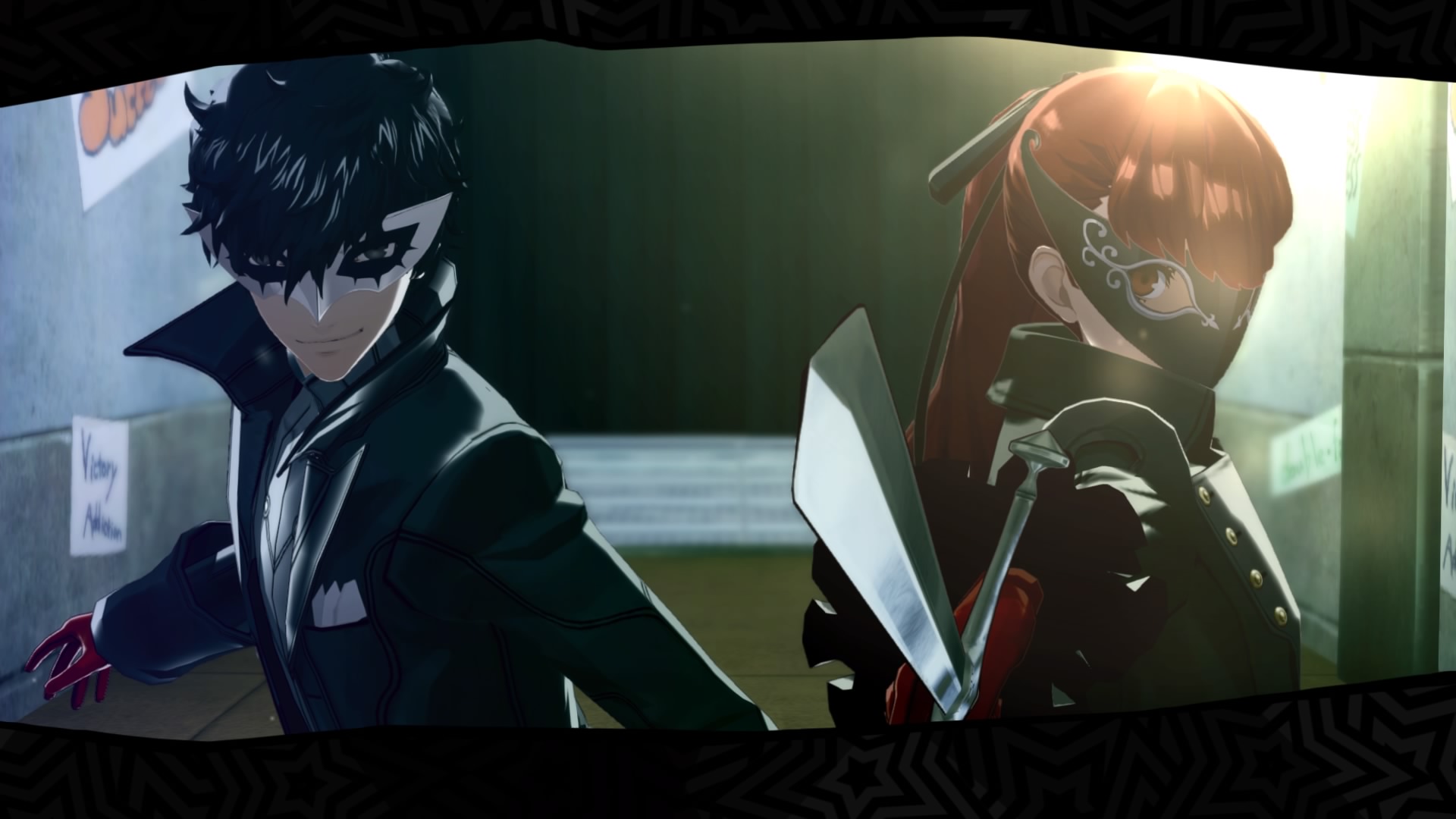
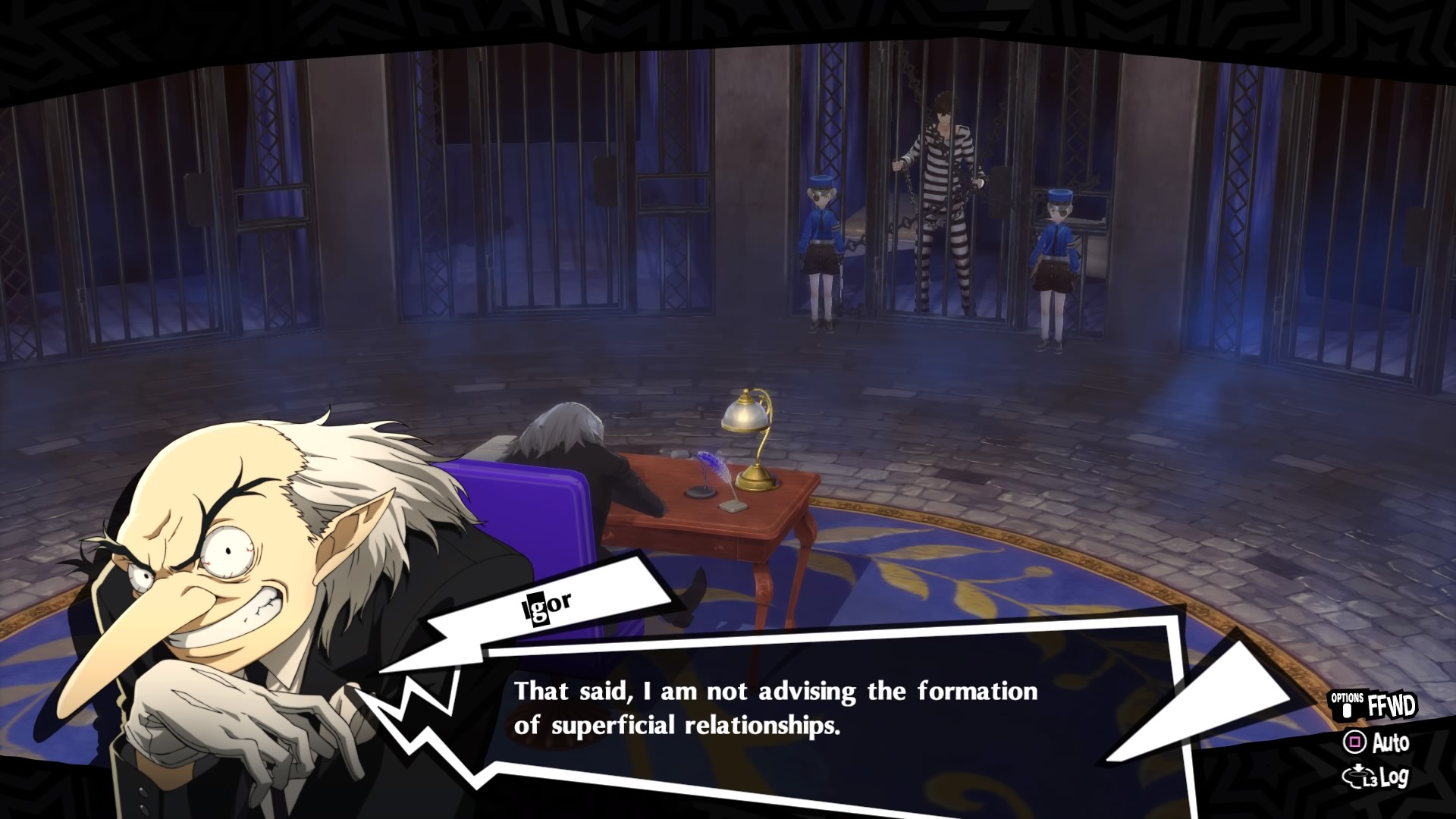
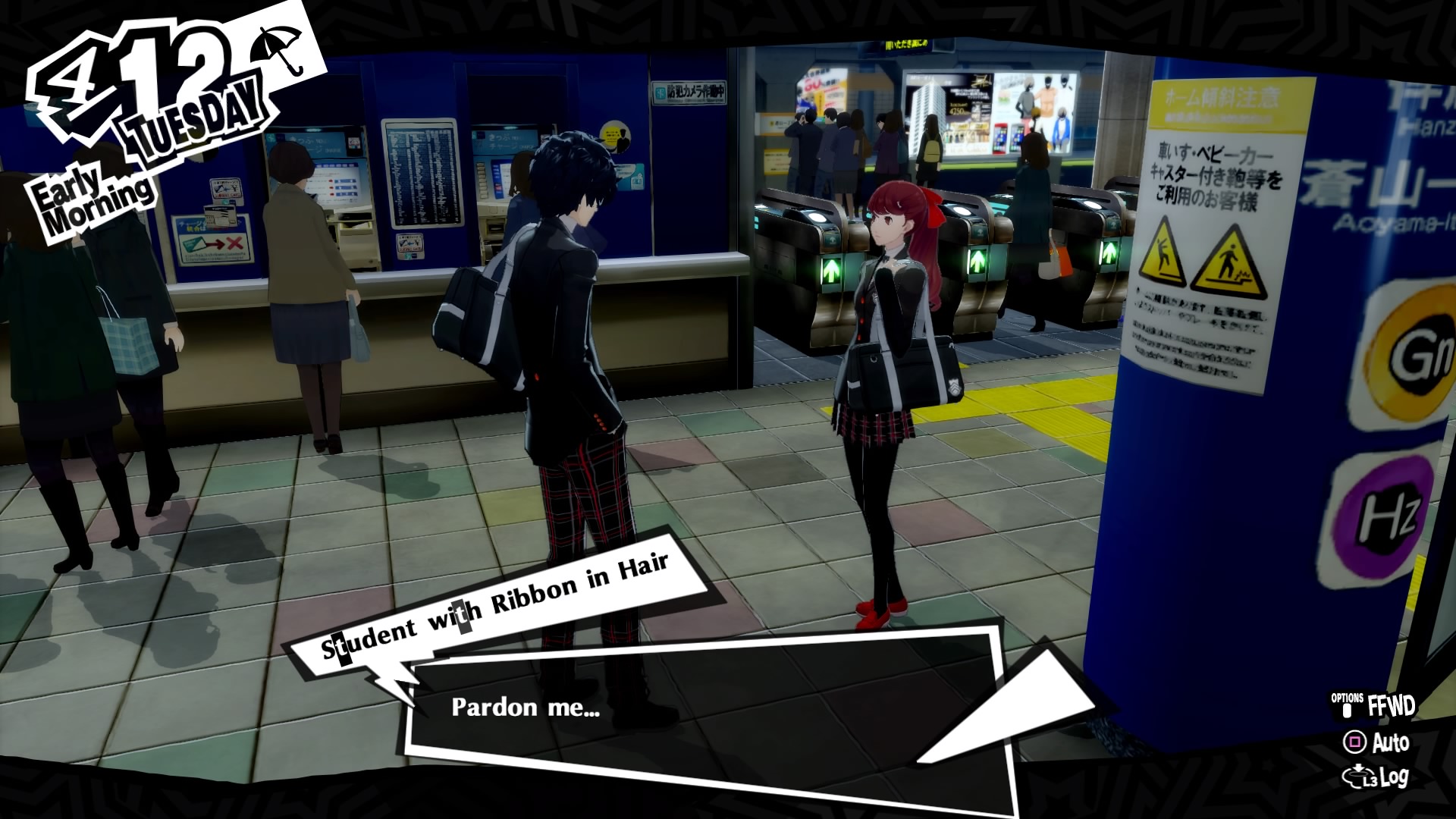
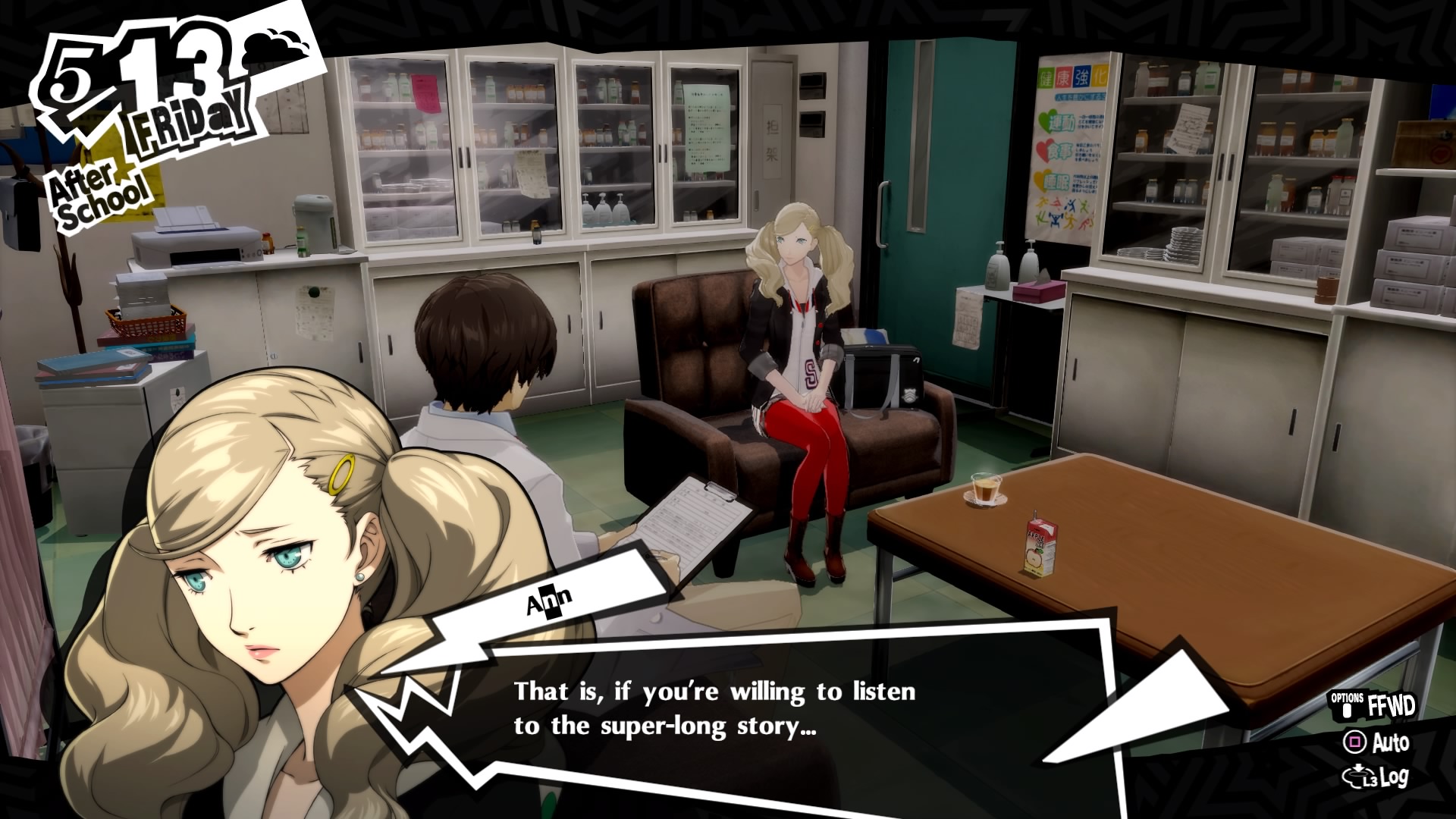
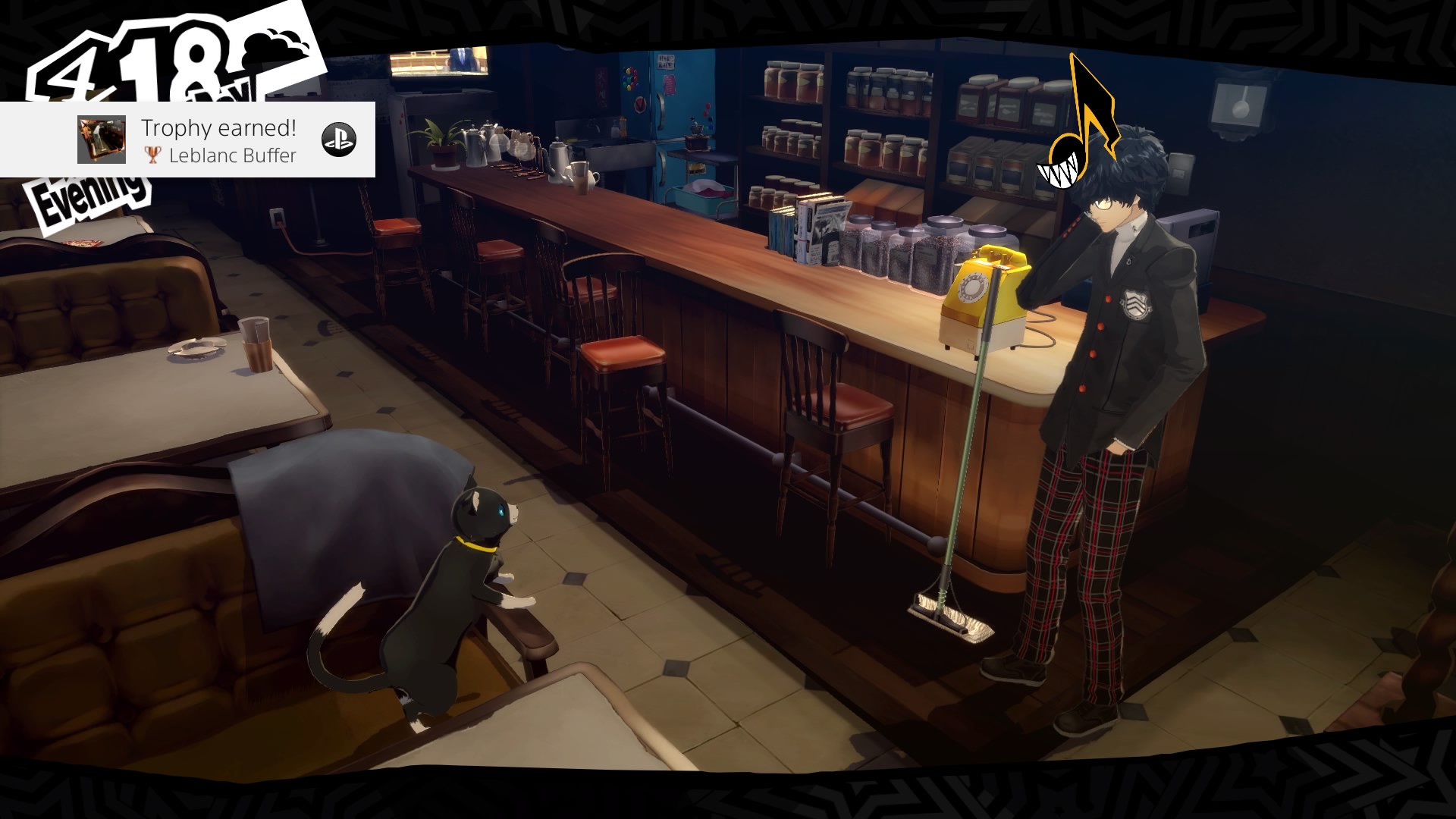
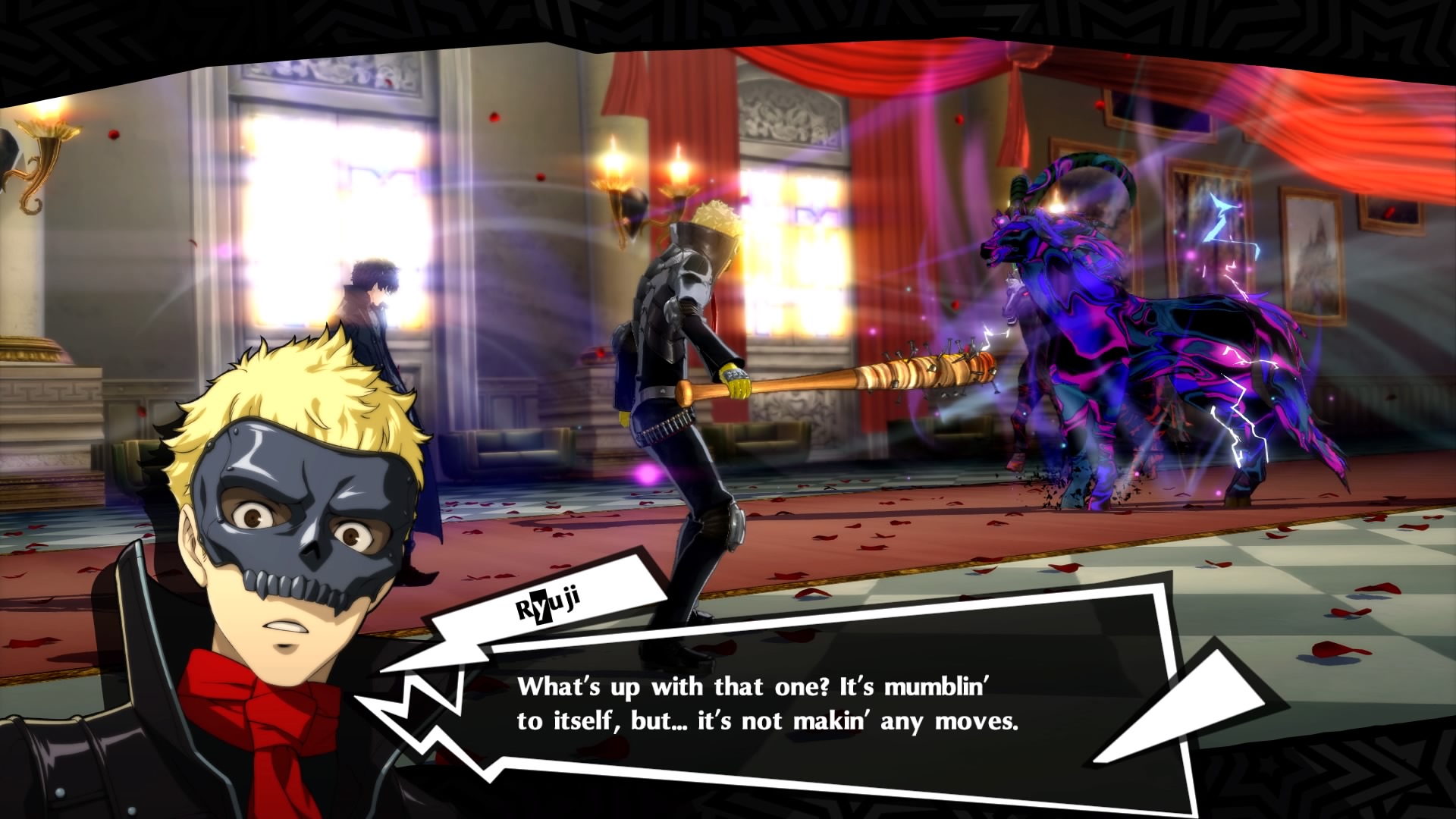
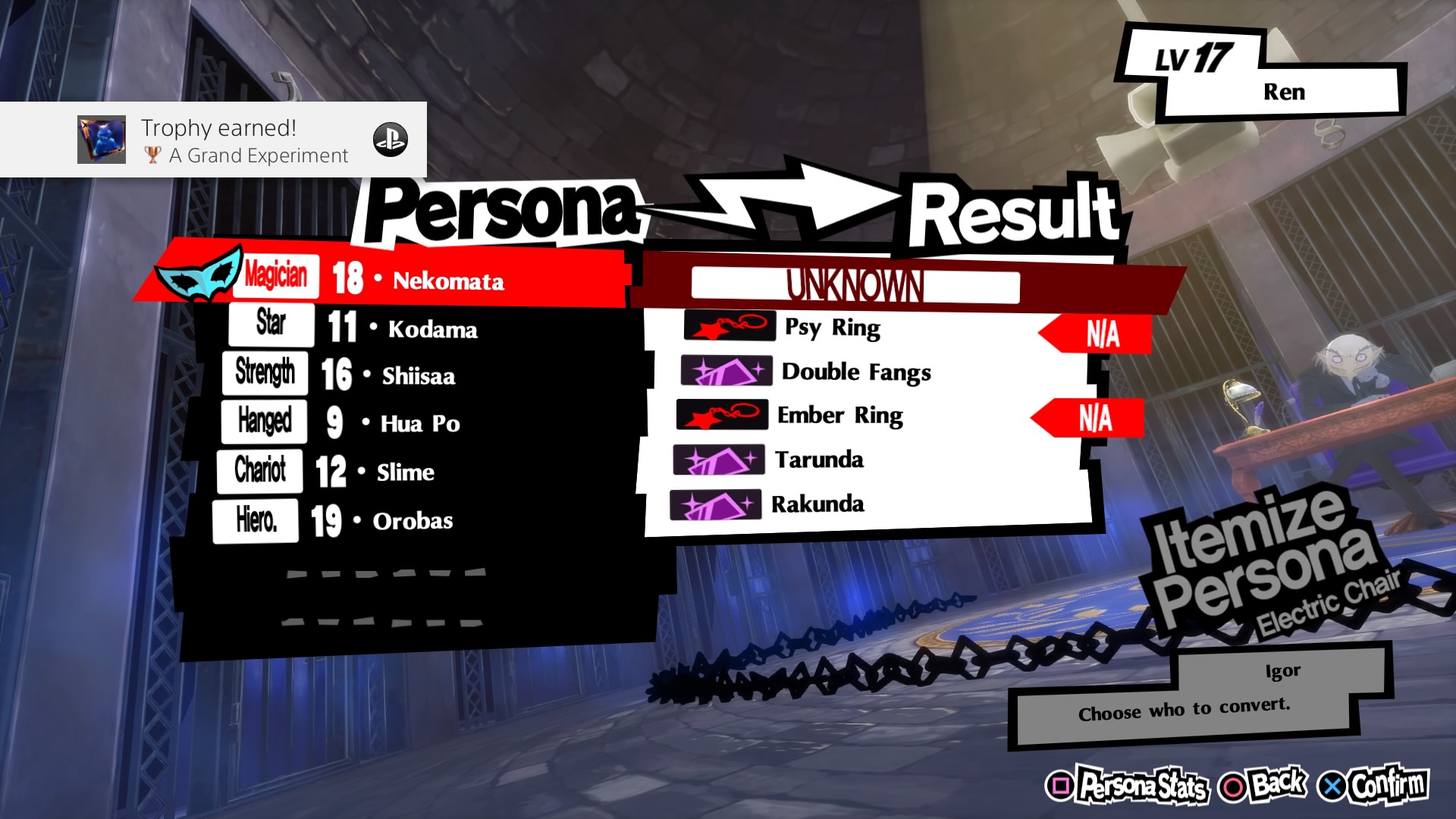
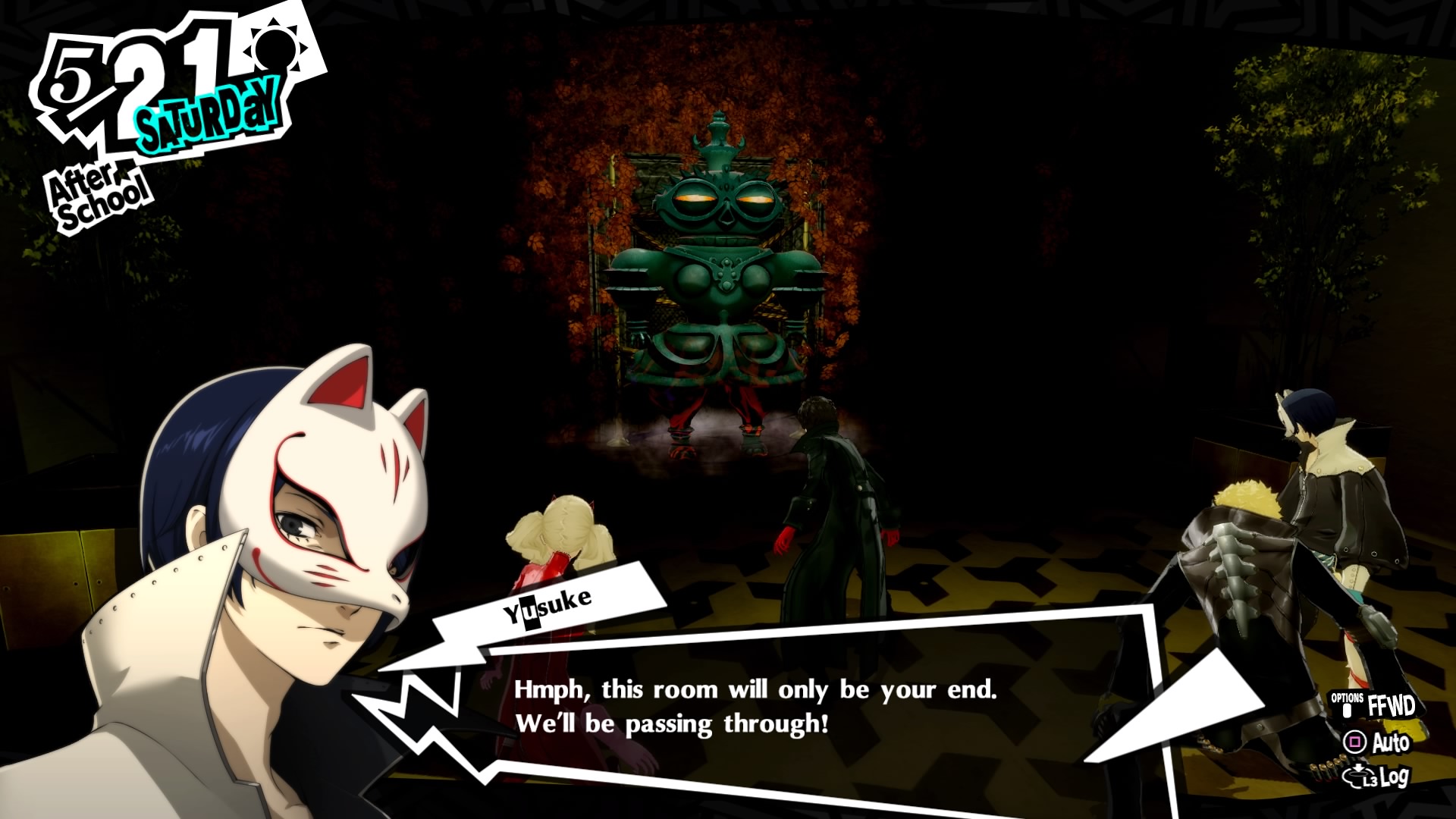
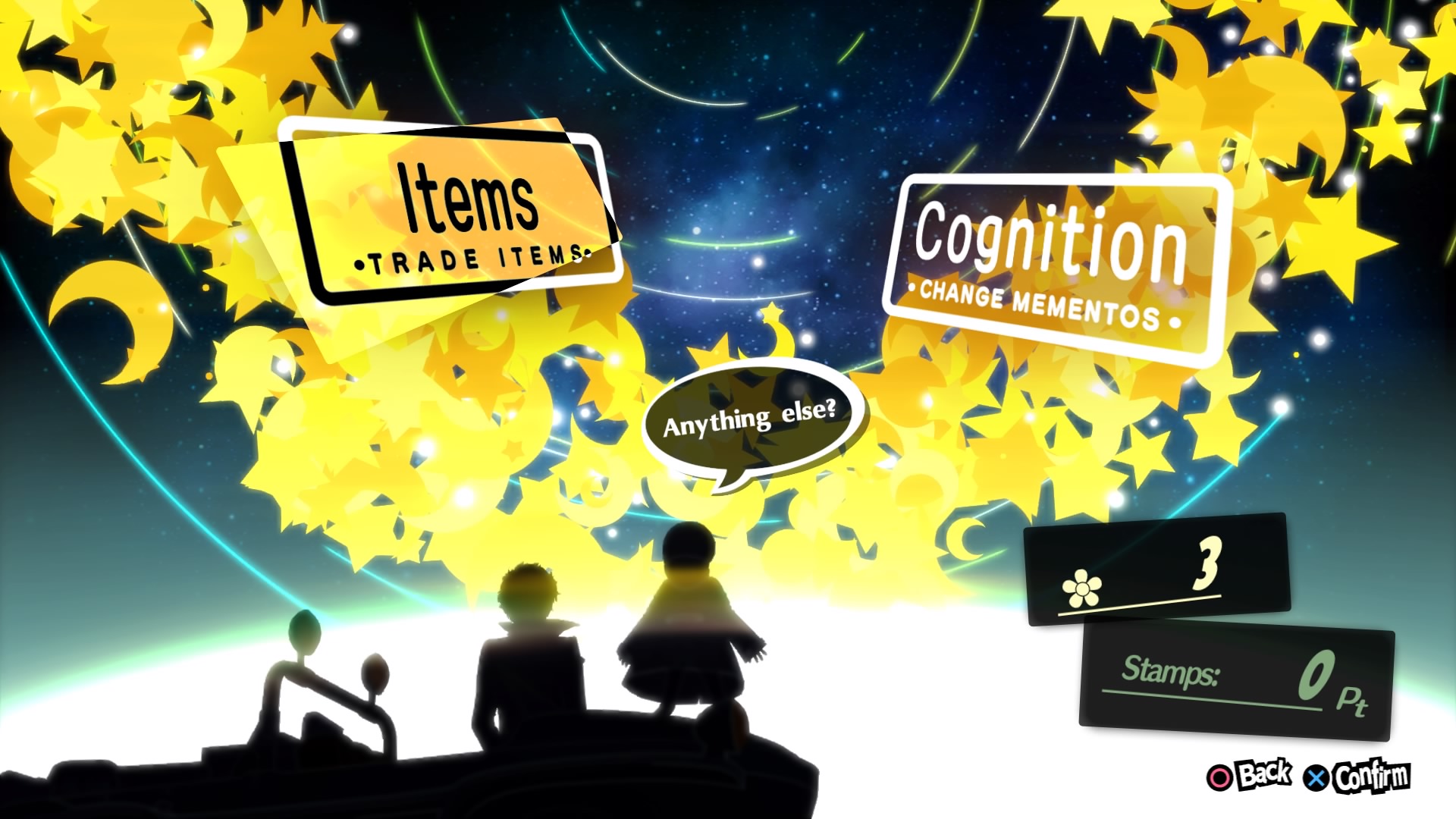





Published: Mar 16, 2020 06:01 pm